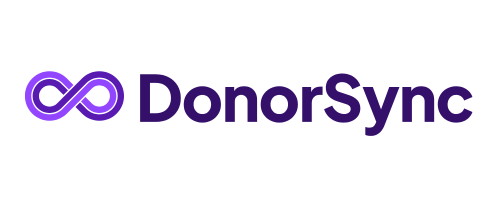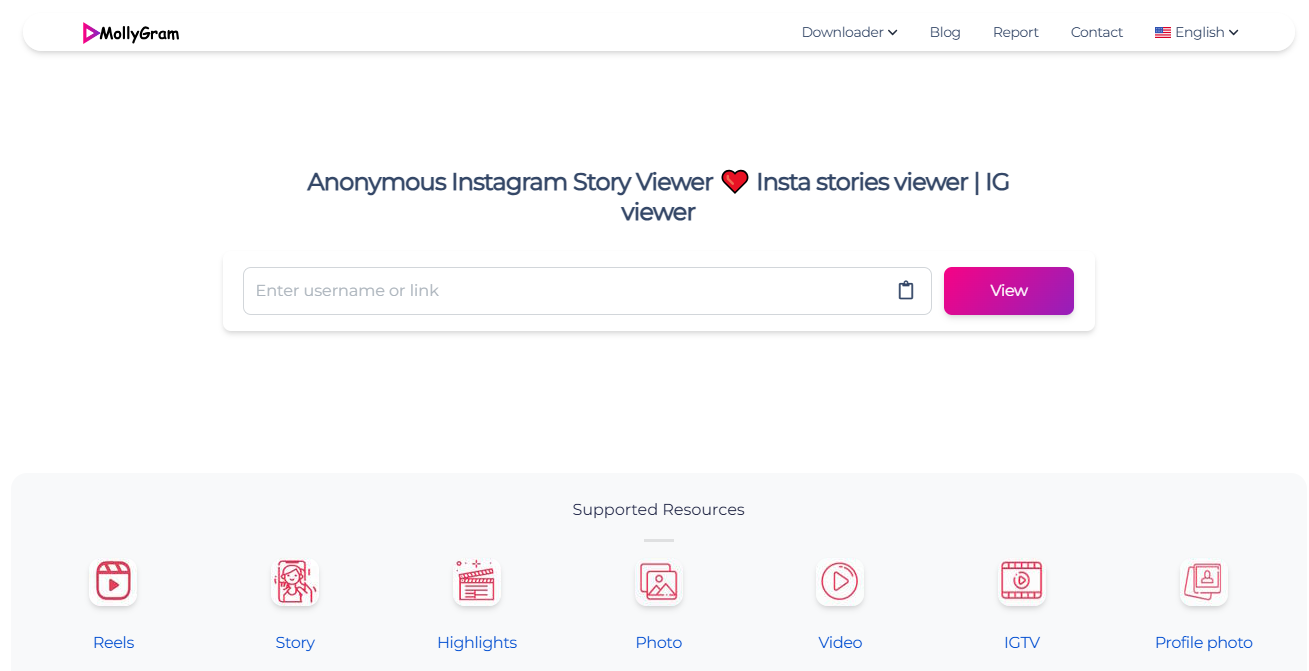If you’re working in web development, software architecture, or digital transformation, understanding how web-based applications are built is a big deal.
Whether you’re putting together a simple tool or a full-scale enterprise system, it really helps to know how the different parts fit and work together.
Things like user interfaces, backend servers, and databases all play a role in making sure your app runs smoothly and scales well.
In this guide, we’ll break down the core components of a web application, explain how they interact, and share some practical tips based on today’s best practices.
Whether you’re a developer, a product owner, or managing IT, this will give you a clearer picture of how modern web applications are structured.
What are the components of a web application?
At its core, a web application is made up of several moving parts that work together behind the scenes—unlike desktop applications, which operate locally and follow a different architecture (see how desktop vs web applications compare).
These include the front-end (what users see), the back-end (where the logic happens), a database to store information, and a web server to handle requests.
Each of these components of a web application plays a unique role in making sure everything runs smoothly.
When combined, they form the building blocks of modern web-based software applications, allowing users to interact, perform tasks, and get results in real time.
Client-Side Components
Client-side components are everything users interact with directly in a web application. This includes the layout, buttons, forms, text, images, and any animations you see in the browser.
Built with HTML, CSS, and JavaScript, these elements create the visual experience and handle basic tasks like input validation or interface updates.
As part of the components of web based application, the client-side connects users to the back-end by sending requests and displaying responses.
It’s where good design and usability come together to ensure smooth, responsive, and intuitive user experiences—especially important for B2B platforms that require thoughtful UX practices (explore key UX rules for B2B web applications).
Presentation Layer (HTML, CSS, JavaScript)
This is the part users see and interact with. HTML builds the page structure, CSS adds styling, and JavaScript makes everything interactive. From buttons to navigation, the presentation layer shapes the user experience. As a key part of the components of web application, it ensures your app looks good and responds smoothly across devices.
Front-End Frameworks (React, Angular, Vue.js)
Modern web applications often rely on frameworks like React, Angular, or Vue.js to make development faster and more organized. These tools help manage content, user interactions, and dynamic updates more efficiently. They’ve become essential components of web application projects where scalability and performance matter. Choosing the right one depends on your project’s needs and your team’s experience.
Core Server-Side Components
The server-side components are the behind-the-scenes machinery of a web application.
These handle data processing, business logic, and communication between the front-end and database.
The web server, API, and server-side scripts (like PHP, Node.js, or Python) work together to process requests and send the appropriate responses back to the user.
These components of web application architecture are crucial for ensuring that your web app is functional, secure, and scalable, providing a smooth user experience from start to finish.
Web Server (e.g., Nginx, Apache)
A web server like Nginx or Apache is responsible for handling incoming requests from users’ browsers.
It serves web pages, manages data traffic, and ensures that requests are routed correctly to the server-side components.
As key components of web application architecture, web servers ensure fast loading times and a reliable connection, making them essential for smooth web application performance.
Application Server & Business Logic
The application server runs the core business logic of a web application, handling data processing and decision-making. It processes requests, interacts with databases, and performs tasks like user authentication.
As one of the critical components of web-based application systems, the application server ensures your app runs smoothly by translating user inputs into actionable outcomes and serving dynamic content.
Data Management Components
Data management is the backbone of any web application, responsible for storing, retrieving, and manipulating user data.
Key components of web application architecture in this area include databases, data models, and storage systems.
Databases like MySQL, MongoDB, or PostgreSQL store data, while data models define how information is structured.
Efficient data management ensures your application can quickly access, update, and store data, leading to better performance, security, and scalability as your app grows.
Relational Databases (MySQL, PostgreSQL)
Relational databases like MySQL and PostgreSQL store data in tables, using structured query language (SQL) to manage and retrieve information.
They are perfect for applications that require complex data relationships and transactions.
As core components of web application, they ensure data integrity and efficient storage, making them an ideal choice for many web-based software applications that need reliable and organized data management.
NoSQL Databases (MongoDB, Cassandra)
NoSQL databases like MongoDB and Cassandra are designed for handling large volumes of unstructured or semi-structured data.
Unlike relational databases, they store data in a more flexible format, such as documents or key-value pairs.
As important components of web-based software applications, NoSQL databases excel in scalability and performance, making them ideal for modern web applications with evolving data requirements.
Full-Text Search Services (Elasticsearch)
Elasticsearch is a powerful full-text search engine that allows for fast and accurate searching through large datasets.
It enables real-time search capabilities within web applications, making it easier to find specific data quickly.
As a key component of web application architecture, Elasticsearch enhances user experience by providing relevant results, even from vast amounts of unstructured data.
Caching and Content Delivery
Caching and content delivery are essential for improving the speed and efficiency of web applications.
Caching temporarily stores frequently accessed data, reducing the need to retrieve it from the server repeatedly.
Content Delivery Networks (CDNs) distribute static resources like images, videos, and stylesheets across multiple locations worldwide, ensuring quicker load times.
Both of these components of web application are crucial for enhancing performance, providing users with a faster, more responsive experience, and reducing the load on the backend systems.
In-Memory Caches (Redis, Memcached)
In-memory caches like Redis and Memcached store frequently used data in the server’s memory, allowing for faster data retrieval.
This reduces the load on databases and accelerates application performance.
As key components of web-based software applications, in-memory caches are ideal for handling sessions, user data, and other high-demand information that needs to be accessed quickly and efficiently.
Content Delivery Networks (Cloudflare, Akamai)
Content Delivery Networks (CDNs) like Cloudflare and Akamai distribute your web application’s content across multiple global servers.
This reduces latency and speeds up content delivery to users, regardless of their location.
As essential components of web application architecture, CDNs ensure faster load times, improved performance, and enhanced reliability, providing a seamless user experience for your application.
Integration & Communication Layers
The integration and communication layers enable seamless interaction between various components of a web application and external systems.
These layers include APIs, message queues, and protocols that help manage data flow and communication across platforms.
As components of web application architecture, they ensure that different services, both internal and external, work together smoothly.
Effective integration enhances functionality, allows data exchange between systems, and plays a critical role in building scalable, interconnected web applications.
RESTful APIs and WebSockets
RESTful APIs are used to enable communication between a client and server by exchanging data in a standardized format, typically JSON.
WebSockets, on the other hand, provide a persistent connection, allowing for real-time communication.
Both are crucial components of web-based applications, helping to facilitate smooth, fast, and efficient data exchange in modern web apps.
Microservices & Message Brokers (Kafka, RabbitMQ)
Microservices break down a web application into smaller, independently deployable services, improving scalability and flexibility.
Message brokers like Kafka and RabbitMQ facilitate communication between these services by ensuring messages are delivered reliably and in real-time.
These components of web-based software applications enable efficient data processing, ensuring that large-scale web apps remain responsive and manageable.
Security Components
Security is a non-negotiable part of any modern web application.
Core security components protect against threats, ensure data integrity, and manage user authentication and authorization.
These include secure protocols (HTTPS), firewalls, encryption tools, and identity management systems like OAuth and JWT.
As vital components of web-based applications, they help defend against cyberattacks and maintain user trust.
Security must be integrated into every layer of the application—from front end to back end—to create a resilient and reliable digital environment for both users and data.
Authentication & Authorization (OAuth, JWT)
Authentication verifies user identity, while authorization determines what users can access.
OAuth and JWT are widely used methods to handle these processes securely in web applications.
As essential components of web application architecture, they ensure only verified users gain access to specific features or data, helping protect sensitive information and maintain the integrity of your application.
SSL/TLS Encryption & Input Sanitization
SSL/TLS encryption protects data during transmission, ensuring that sensitive information like passwords and payment details stays private.
Input sanitization, on the other hand, prevents malicious code from being executed through user inputs.
These are critical components of web-based applications, playing a key role in preventing data breaches, injection attacks, and maintaining overall application security.
Deployment & Monitoring Tools
Once a web application is built, reliable deployment and continuous monitoring become essential.
Deployment tools automate the release process, ensuring consistent builds and smooth rollouts.
Monitoring tools track performance, errors, and usage patterns in real-time—which can be further enhanced using metering techniques (learn how Snow helps with web application metering).
These components of web-based software applications help teams catch issues early, optimize system health, and deliver a better experience to users.
Popular solutions like Docker, Kubernetes, Prometheus, and Grafana are commonly used to support scalability, reliability, and transparency across environments from development to production.
Load Balancers & DNS Management
Load balancers distribute incoming traffic across multiple servers, preventing overload and ensuring high availability.
DNS management helps route user requests to the right servers based on location, performance, or redundancy needs.
These tools are vital components of web application architecture, helping maintain uptime, speed, and user experience even during traffic spikes or server failures.
Logging, Monitoring, and CI/CD Pipelines
Logging and monitoring tools give teams visibility into system behavior, helping detect errors and performance bottlenecks early.
CI/CD pipelines automate testing, integration, and deployment, reducing manual work and speeding up updates.
These are key components of web-based applications, ensuring stability, fast iteration, and a reliable development-to-deployment workflow for modern software teams.
Brief Note on Architecture Patterns
Web application architecture defines how various components interact and function together.
While there are multiple patterns, each serves different goals.
Monolithic architecture keeps everything bundled, making it simple but harder to scale.
On the other hand, microservices and serverless architectures break down applications into smaller, independent parts, offering flexibility and scalability.
Choosing the right model depends on the application’s size, complexity, and future growth plans.
Exploring modern web application architecture helps developers align their design with performance goals and team workflows, ensuring a smoother and more efficient build and deployment process.
Ready to Build Smarter Web Applications?
Whether you’re starting from scratch or improving an existing system, Halo Digital is here to help.
Our team specializes in designing and implementing modern web application solutions in Baton Rogue, Denver, Tampa, Atlanta, etc. tailored to your goals.
Our team specializes in designing and implementing modern web application architecture tailored to your goals.
From selecting the right components to deploying at scale, we’ll support you every step of the way.
Let’s turn your ideas into high-performing, reliable applications—built with purpose, not guesswork.
FAQS
Q: What is a component-based web application?
A: A component-based web application is made up of reusable, independent components. Each component performs a specific function or feature, making it easier to maintain, update, and scale the application over time.
Q: What does a web application consist of?
A: A web application includes the user interface (frontend), server-side logic (backend), databases for storing information, APIs for communication, and web browsers for user interaction.
Q: What is the structure of a web-based application?
A: A typical web-based application is structured with a frontend for user interaction, a backend that processes requests and logic, a database for storing data, and APIs to facilitate communication between the client and server.
Q: What is an example of a web-based application?
A: Google Docs is a great example. It’s a cloud-based application that lets users create, edit, and collaborate on documents directly through a web browser—no installation needed.
Conclusion: Components of Web-Based Application
Understanding the components of a web-based application helps you build systems that are practical, efficient, and easier to maintain.
From the interface users see to the backend services that power everything behind the scenes, each part matters.
When these components are well-designed and work smoothly together, your application becomes faster, more reliable, and ready to grow with your needs.
Whether you’re improving an existing project or starting something new, having a clear grasp of how the pieces fit will make your job a whole lot easier.

Abdullah Mangi is an SEO strategist and content writer with 5 years of experience helping businesses grow online. He writes about programming, tech, online business, and practical how-to topics. Abdullah has worked with clients in SaaS, software development, web design, link building, yacht rentals, gardening, car rentals, and recruitment.



























